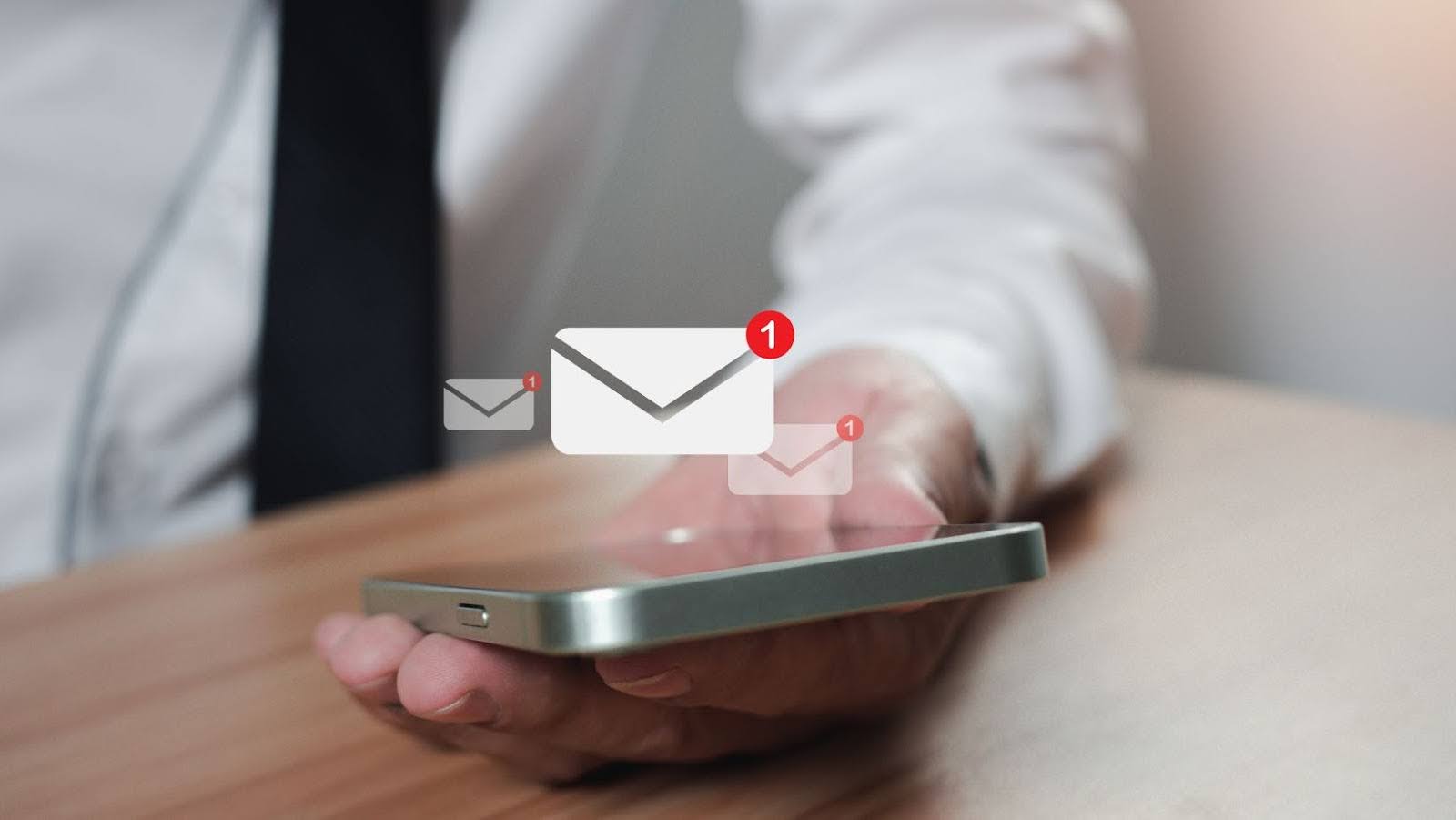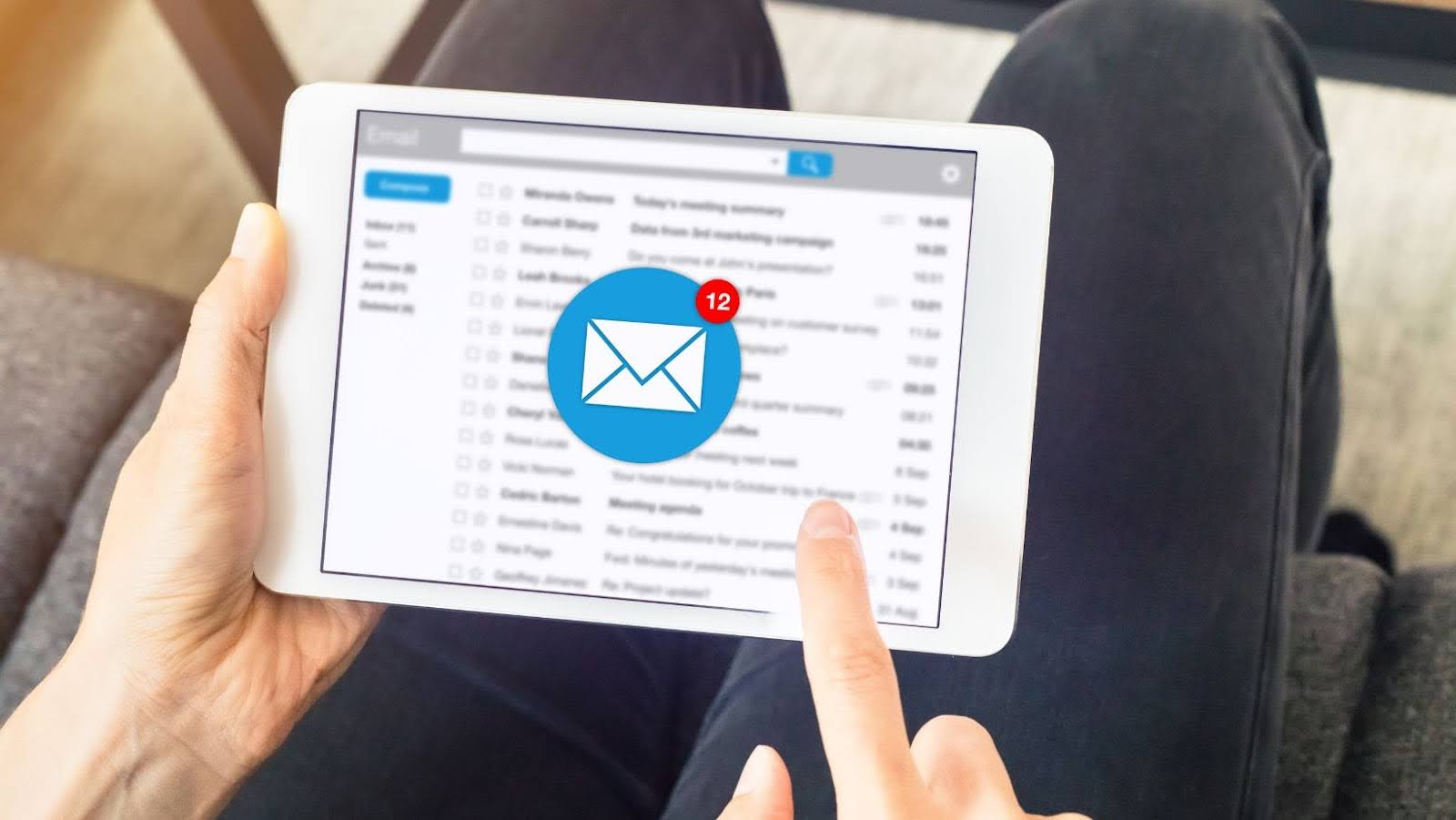
In today’s digital age, sharing files through email has become a common practice for both personal and professional communication. However, sending sensitive information over email poses significant risks if not done correctly. This article outlines the best practices for securely sending files via email to protect your confidential data.
Understanding the Risks of Sending Files via Email
Before diving into the best practices, it’s crucial to understand the potential risks associated with emailing files:
- Unauthorized Access: Emails can be intercepted by hackers, leading to unauthorized access to sensitive information.
- Data Breaches: Accidental sending to the wrong recipient can result in data breaches and legal implications.
- Phishing Attacks: Cybercriminals can use emails to distribute malware or phishing attempts disguised as legitimate communications.
To mitigate these risks, consider the following best practices for securely sending files via email.
Ideal Practices for Secure File Sharing via Email
Use Encryption
Encrypting your files adds an extra layer of security. Encryption transforms your data into a format that is unreadable without a decryption key. Here’s how to implement encryption:
- File Encryption: Use software to encrypt files before attaching them to your email.
- Email Encryption: Utilize email services that offer built-in encryption, such as ProtonMail or Gmail with S/MIME settings.
Utilize Secure File Transfer Services
For larger files or sensitive documents, consider using secure file transfer services instead of sending them directly via email. Some popular options include:
- Dropbox: Provides a secure link for sharing files while maintaining control over who accesses them.
- Google Drive: Allows you to share files with specific users and set permissions.
- WeTransfer: Offers password protection for sent files.
Implement Strong Password Protection
If you choose to send encrypted files, ensure they are password-protected. Here are some tips for effective password protection:
- Use Strong Passwords: Create complex passwords that include a mix of letters, numbers, and symbols.
- Share Passwords Securely: Do not include the password in the same email as the file. Use a different communication channel, such as a phone call or text message.
Verify Recipient Identity
Before sending sensitive files, confirm the identity of the recipient. This can prevent accidental sharing with unauthorized individuals. Steps to verify identity include:

- Double-check Email Addresses: Ensure that the email address matches the intended recipient.
- Confirm via Alternate Communication: Use a phone call or instant messaging to verify the recipient’s request for sensitive information.
Use Temporary Links for Sensitive Files
If you must share sensitive information, consider using temporary file-sharing links that expire after a set period. This minimizes the risk of unauthorized access after the intended recipient has downloaded the file.
Avoid Public Wi-Fi
When sending confidential files, avoid using public Wi-Fi networks, as they can be insecure and easily hacked. Instead, opt for a private, secure network. If you must use public Wi-Fi, consider using a Virtual Private Network (VPN) to encrypt your internet connection.
Regularly Update Software
Keeping your software up to date is essential for maintaining security. Ensure that your email client, operating system, and any file-sharing applications are updated regularly to protect against vulnerabilities.
Educate Your Team
If you’re sending files as part of a team, ensure that all members understand the importance of secure file sharing.

Conduct training sessions to raise awareness about best practices, potential risks, and how to recognize phishing attempts.
Monitor for Suspicious Activity
Keep an eye on your email account and shared files for any suspicious activity. Set up alerts for unusual login attempts or file access. If you notice anything unusual, take immediate action to secure your account.
Use Digital Signatures
Implementing digital signatures can help verify the authenticity of the documents you are sending. A digital signature assures the recipient that the file has not been altered and confirms the sender’s identity.
Conclusion
Sending files securely via email is crucial in today’s environment where data breaches and cyber threats are rampant. By following these best practices—encryption, using secure file transfer services, strong password protection, verifying recipient identity, and educating your team—you can significantly reduce the risks associated with sharing sensitive information.
Remember, while email is a convenient method of communication, it requires diligence and care to ensure that confidential data remains protected. Adopting these practices not only safeguards your information but also fosters trust among your clients and colleagues.
Additional Tips
- Use Two-Factor Authentication (2FA): Enable 2FA on your email account for added security.
- Limit File Access: Share files only with those who need them, and revoke access once the file is no longer required.
- Stay Informed: Keep up to date with the latest security trends and best practices to adapt your strategies accordingly.
By implementing these strategies, you can ensure that your email communications are secure and that your confidential data is well-protected.









